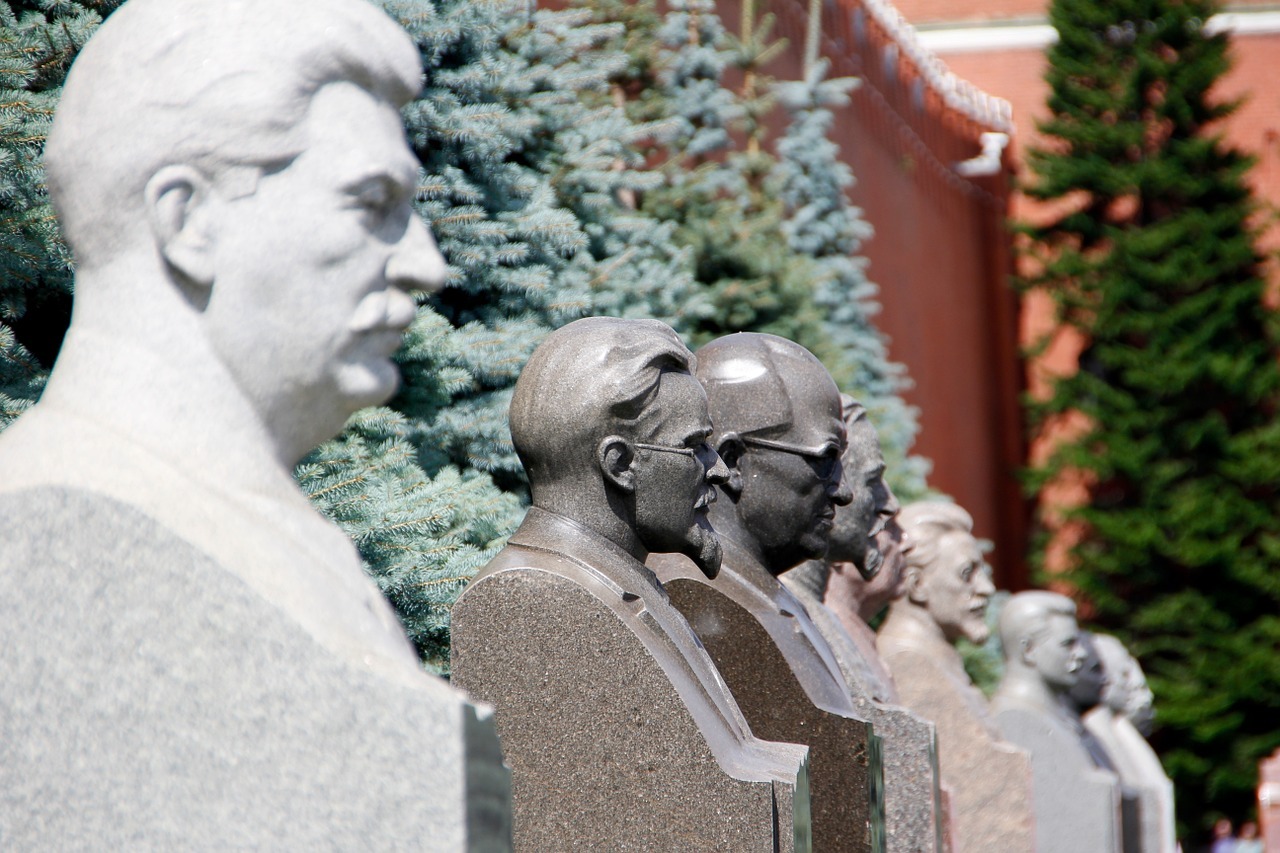The art banned by dictators: why paintings will always outlive tyrants
Does anyone remember the brief stir that was raised at the Manchester Art Gallery back in the early days of February 2018? I’ll admit, with the way news operates online it does feel more like a decade ago, so I will do my best to refresh your memories. John William Waterhouse’s “Hylas and the Nymphs” was removed from the walls of a section of a museum titled ‘In Pursuit of Beauty’, which was dedicated to late 19th century artwork, most of which was concentrated on the female body.
The decision to remove the painting was based on artistic reasons, and that it was intended to feature in a solo show by the female artist Sonya Boyce; whilst simultaneously provoking a debate about the portrayal of female bodies in art. Or at least that was the overly virtuous reason given by the gallery’s curator of contemporary art, Clare Gaannaway. It should be noted that the painting was returned after the museum received a surge of criticism from the general public, for which I am glad. Whilst I don’t have any personal quarrel with the temporary removal of such a painting in an attempt to stir up debate, I cannot help but smile at the bold (and somewhat frantic) response that we are still capable of creating at even the whisper of censorship.
The censorship that we must struggle against in modern Britain mostly stems from the fickle tide of public outrage and the feeble moral compasses of incompetent corporations
Indeed, it makes me feel fortunate not to have been in the shoes of Igor Savitsky, who was forced to endure an existence cowering under the boot of Soviet rule during the 1950s and 60s. I am unbelievably grateful that, for now, the censorship that we must struggle against in modern Britain mostly stems from the fickle tide of public outrage and the feeble moral compasses of incompetent corporations.
‘Rhys’, I can already hear you asking (I’m psychic, as well as pretentious), ‘this is very interesting, but what’s your point?’ Well, I was just getting there.
In 1932, Stalin implemented the Reconstruction of the Literary and Artistic Organisations, following which all artists were brought under the strict control of the Communist Party (maybe he just wanted to provoke a debate?) with the intention of forcibly unifying political and aesthetic objectives. By this I mean that Stalin wanted all artists under his control to promote the art form of socialist realism, whilst abolishing the practices of Cubism, Futurism, Impressionism – as well as artistic attempts to criticise the government.
Just one example of an individual who suffered under this regime was Mikhail Kurzin, who was arrested in 1936 and sentenced to five years imprisonment as well as a subsequent three years of exile, all for depicting the Soviet man as ugly. But all of this was not enough to stop Savitsky’s dedication.
This collection, born out of years of resistance towards a totalitarian and censorious society, reminds me of why I keep falling in love with art
The former engineer moved to what is now known as Uzbekistan around 1950 on an archaeological dig, but soon began to take advantage of the area’s remoteness from the centres of Soviet power and collect numerous artefacts, jewellery and textiles – including huge amounts of dissident art – without the knowledge of the authorities. By 1966, he was able to establish a museum for his vast collection, a museum that now goes by the name of the Nukas Museum of Art. The museum still stands today, impoverished and isolated, but safeguarding its Savinsky Collection.
For all the economic shortcomings of the facility, the fact that this collection, born out of years of resistance towards a totalitarian and censorious society, reminds me of why I keep falling in love with art. Art contains something worth preserving and worth risking imprisonment (or perhaps worse) for, a stark reminder of the necessity to preserve freedom of speech and the right to self-expression as much as physically possible, difficult though it can be at times. It is the difficulty that requires and inspires such sacrifice, and it is why you will often find that a subversive or provocative work of art will go on to outlive its persecutor.
We must always be wary of those who attempt to smear a work of art as being inappropriate, offensive or problematic
Stalin, monstrous though he was, is dead, and the art of his opponents lives on; spitting in the eye of everything the tyrant worked to achieve. This is why, to return to the experiment conducted by the Manchester Art Gallery, we must always be wary of those who attempt to smear a historic (or contemporary) work of art as being inappropriate, offensive or problematic.
If we as a culture ever ventured too far down that particular path, I would dread to think what a legacy or artistic resistance we would leave behind, mocking the relics of our society. I also dread to think of the bodies that our descendants would have to trample over to get to such a point.

Comments